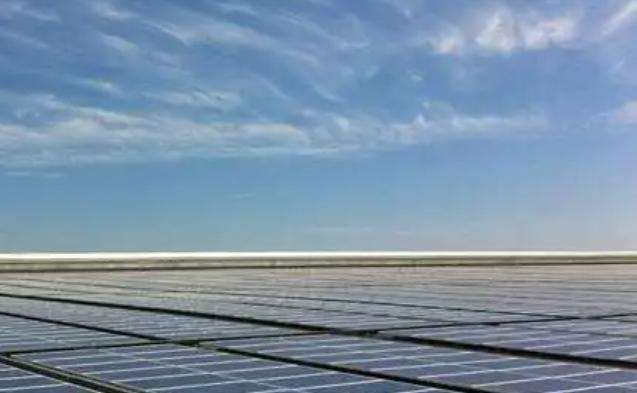The transmission chain of a traditional wind turbine usually consists of a main shaft, a gearbox and a generator. According to the structure and use requirements of different types of wind turbines, the structural shapes of the large main shaft bearings will also be different. Among all installed wind turbines, 75% to 80% adopt the main shaft bearing support principle, that is, the inner ring of the main bearing is installed on the rotating main shaft.
The main shaft supports the hub and blades and transmits torque to the speed increaser. The main shaft bearing mainly bears radial force. Its performance not only affects the transmission efficiency, but also determines the main transmission chain. The maintenance cost is high, so it is required to have good alignment performance, vibration resistance and smooth operation.
On the spindle, the dual-bearing configuration is a relatively common bearing configuration. The bearing types used vary according to different design requirements, but the more common bearing configuration is spherical rollers. Sub-bearings or tapered rollers are configured with cylindrical roller bearings. High-power wind turbines use large cone angle double-row tapered roller bearings or three-row cylindrical roller bearings.
Among them, the two-point support form is the most typical. The bearing is installed in two independent or a common bearing seat. The rotor end or gearbox end bearing can be designed as a fixed end. bearings. The first form provides a more suitable ratio between radial and axial forces, and the structure of the spindle results in a larger diameter fixed-end bearing solution. In the second form, the position of the shoulder that transmits axial loads behaves more favorably in terms of spindle stress, since it avoids a step in the front bearing position.
If three-point support is used, one point is the fixed end bearing and the other two points are the torque support bearings in the gear box. It is also important to ensure the correct distance between the fixed and floating bearing locations during installation. The axial force must act on the fixed end bearing.
With three-point support, the force acting on the floating end bearing shows the effect of load on the inside of the gearbox. In a two-point supported main bearing arrangement, it is the true floating end bearing that bears this load. Therefore, two-point support shows its advantages over the influence of other factors such as vibration.
1: Measure the gear oil temperature
The gear oil will become very thick due to the low temperature, especially the splash lubrication part, which cannot be fully lubricated, resulting in gears or bearings. Damage due to short-term lack of lubrication. A sharp increase in temperature means an increase in friction, indicating something abnormal. Including gear wear, deformation and abnormal bite, or aging and degeneration of lubricating oil. Here the temperature sensor for measuring oil temperature is used
2: Measuring the generator winding temperature
3: Measuring the bearing temperature - a dedicated bearing temperature sensor can be used
4 : Measuring the working environment temperature of wind power equipment - it can be measured with an air temperature sensor
At low temperatures, the air density increases, which will cause the rated output of the motor unit, especially the stall-type wind turbine unit, to increase and cause overloading;At the same time, it will also cause structural characteristics such as the damping of the wind turbine blade to change, and the vibration will increase, leading to structural failure of the trailing edge of the blade and the occurrence of cracks.
The above points are some of the experiences we have summarized after cooperating with domestic wind power companies. During the long-term cooperation with us, this wind power company has purchased our temperature sensors many times, and we have learned from them during our regular return visits. Gained recognition and praise from customers. We can provide all temperature sensors in wind turbines.














